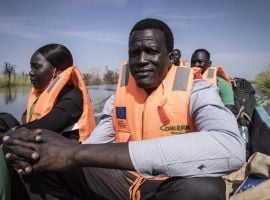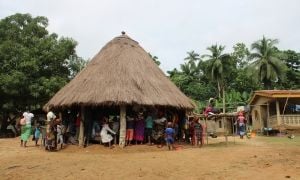
Knowledge Hub
COVID-19 Technical Resources
This page contains guidance developed by Concern's technical staff and Advisers and is intended to be used by Concern staff and the broader NGO community to assist in dealing with the challenges posed by COVID-19 in development and emergency programming. The resources here will be updated as new information becomes available.
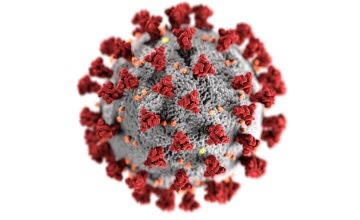
Covid-19 Spares No One
The secondary impacts of the Covid-19 pandemic affect everyone - even those in countries reporting low case numbers.
Download resources
Extremely Poor People Will Go Hungry As COVID-19 Response Measures Hit
Concern outlines measures to support extremely poor people who will be unable to cope with extreme COVID-19 measures and for whom hunger is the greatest concern.
Health related responses
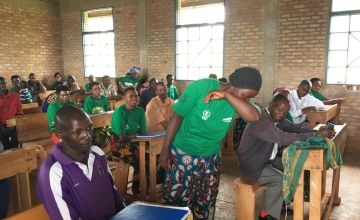
Health Programming Responses to Coronavirus – the DO’s and DON’Ts
Concern's COVID-19 response is guided by and in alignment with Concern Worldwide Global Health Policy (2019) and accompanying Health Strategies: Health-MNCH (2018-2022); Nutrition (2019-2022) and WASH (2016-2020) and in support of in-country Ministry of Health Policy, Strategy and national directives.
The practical DO’s and DONT's for Coronavirus / COVID-19 Prevention follow best practice as advised by the World Health Organisation (WHO).
This brief is available in English and French.
Infection Prevention and Control (IPC) and Personal Protective Equipment (PPE)
The best way to prevent and slow down COVID-19 virus spreading is to be well informed about the disease it causes, how it spreads and how to prevent transmission by practising effective infection, prevention and control (IPC).
Everyone can help interrupt transmission of this virus.
This Concern Coronavirus / COVID-19 brief explains IPC, the importance of safe waste management and disposal and on personal protective equipment (PPE) and its use.
This brief includes annexed infographics on 1) recommended PPE for Health Facilities by Target and Setting and 2) recommended PPE for Ambulance or Transfer Vehicle by Target and Activities (Interim Guidance, WHO, 6 April 2020) and 3) ECDC Guidance on the use of Face Masks.
This Brief is available in English and French.
Staff safety during the COVID-19 pandemic
An important first step in any public health crisis of pandemic nature that can affect anyone is to keep our staff safe.
This Coronavirus / COVID 19 Brief on Programme Staff Safety recognises that there can be three scenarios for Concern Staff in their interactions with programme participants during programming in COVID-19 and it provides guidance on optimal protection measures to be taken, in line with World Health Organisation (WHO) directives including on the recommended use of personal protective equipment (PPE). The brief also includes the European Centre for Disease Prevention and Control (ECDC) Guidance on Use of Face Masks.
Continued learning during school closures
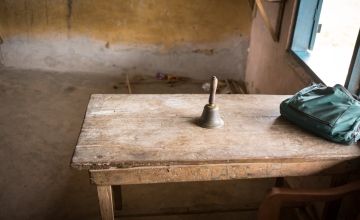
The following guidance was developed to provide Education teams working in fragile and conflict-affected states and hard to reach low incomes contexts with practical guidance for continuing learning for the most vulnerable during extended school closures due to health emergencies.
The guidance builds on the learning from Concern’s Education response during the West Africa Ebola crisis as well a global guidance adapted for low resource and low connectivity contexts. Each component of this guidance is designed either to be used for standalone actions or integrated to ensure a holistic education response.
Community-based Management of Acute Malnutrition (CMAM)
This guide is designed to assist Concern's health and nutrition staff responsible for the management and coordination of Community-based Management of Acute Malnutrition (CMAM) operations to adapt and modify programme modalities in the context of COVID-19. The guide attempts to provide practical steps based on the current international guidelines and recommendations to ensure essential treatment services for acute malnutrition continue as much as possible while minimising the risk of COVID-19 transmission.
The primary focus of this guide is the management of the outpatient component of CMAM. It focuses on health facility level decisions and planning and has a stronger focus on severe acute malnutrition (SAM). The recommendations must be adapted to each context. This guide can also help to build the capacity of the Ministry of Health (MoH) staff and/or to help them develop guidelines of their own if they do not yet exist.
Equality programming
Like all crises, the COVID-19 outbreak is likely to affect people differently based on their sex, age, disability and other factors. Marginalised groups such as women, elderly, adolescents, youth, children, persons with disabilities, refugees, migrants and minorities become even more vulnerable during emergencies. Emergencies have a tendency to exacerbate existing gender inequalities, and the incidence of sexual and gender-based violence (GBV) and violence against women and children is likely to increase. At a minimum gender, age and disability sensitive programming must be integrated throughout every sector response.
This document outlines cross-sectoral gender, age and disability programming guidance.
Livelihoods
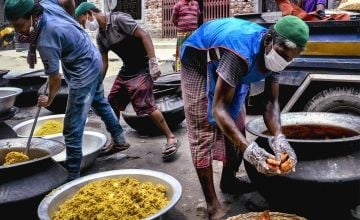
Whilst COVID-19 is a health pandemic, the virus, and measures designed to reduce its transmission, are already having an effect on people’s ability to make a living and will have significant and lasting socio-economic impacts. Across Concerns programmes, we implement many different types of activities that are designed to support individuals and communities meet their basic needs, build human capital, make and sustain a living. This document, which draws on internal experience and global literature, is intended to provide colleagues with guidance on how to adapt livelihoods programmes in the face of the COVID-19 health pandemic. It considers both the immediate response (saving lives and safeguarding livelihoods) as well as starting to look at livelihood recovery.
WASH
This guidance note has been designed to summarise potential water, sanitation and hygiene (WASH) interventions for the prevention of transmission of COVID-19 within the communities where Concern works. It has taken best practice from a number of key external sources, as well as those lessons that have been learned from WASH programming in Concern’s programmes so far. The response looks at activities in certain scenarios such as communities, camps and health care facilities and gives a number of options in terms of behaviour change, handwashing facilities, water supply and other key areas.
The guidance note is available in English, French and Arabic.

